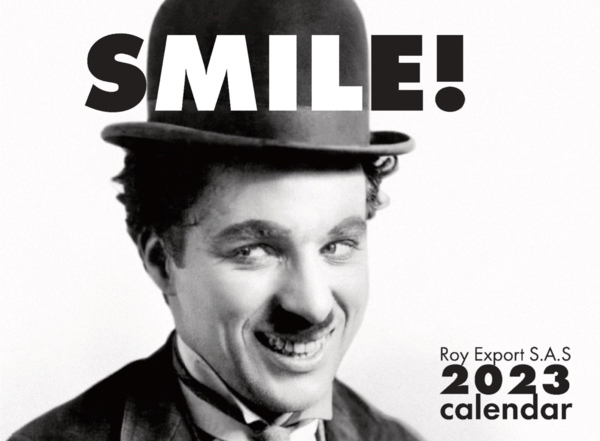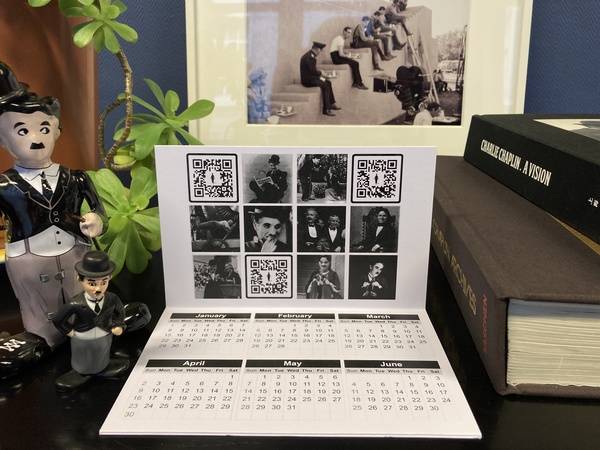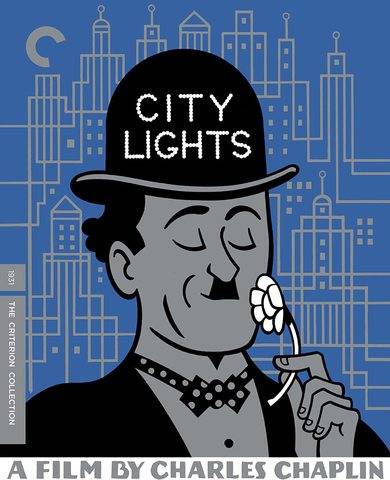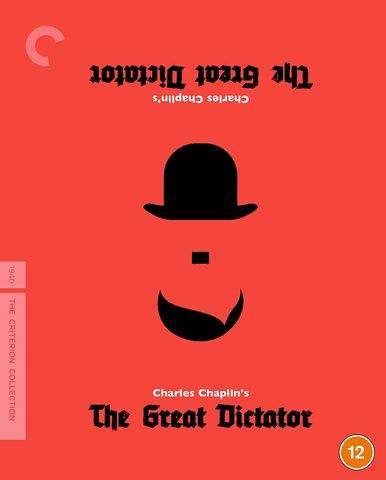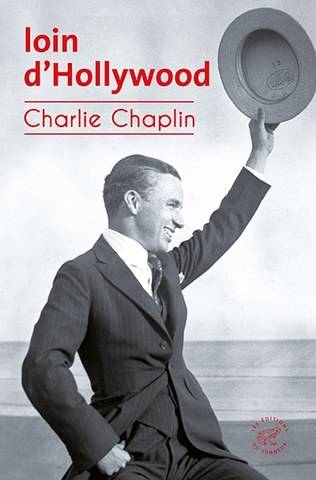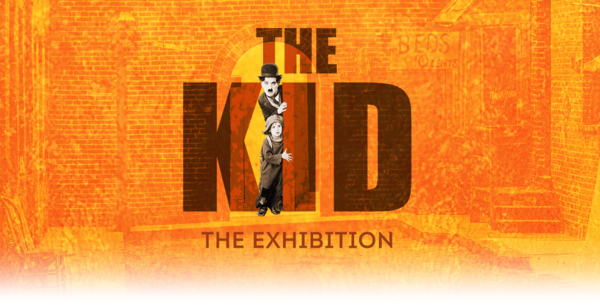New Exhibition at Chaplin's World: THE FREAK – THE STORY OF A FILM
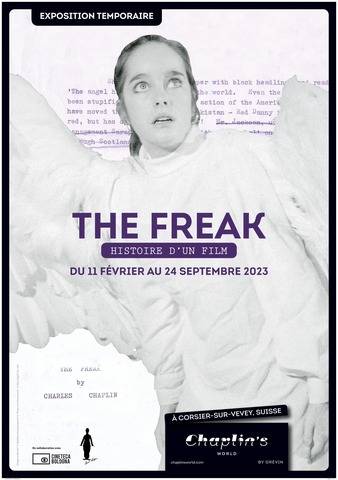
A fantastic new temporary exhibition at Chaplin’s World, “THE FREAK – THE STORY OF A FILM”, curated by Cecilia Cenciarelli & Elena Correra of the Cineteca di Bologna, will open to the public on February 11 and will run until September 24, 2023.
Charles Chaplin’s THE FREAK has been unwittingly misrepresented for half a century. It has long been considered a script on which he laboured dedicatedly and persistently for the last decade of his life and which only time and age finally prevented from realisation. It was not quite like this. In 2016, the Chaplin Office acquired some of Jerry Epstein’s personal and professional archive. A close friend of the family since the 1940s, Epstein was Chaplin’s assistant on LIMELIGHT (1952) and producer of both A KING IN NEW YORK (1957) and A COUNTESS FROM HONG KONG (1967). The revelations of this new, priceless acquisition are brought to light in this new exhibition…
